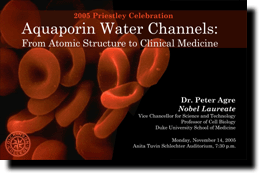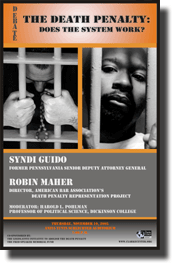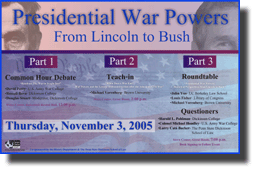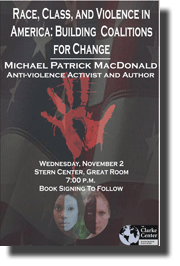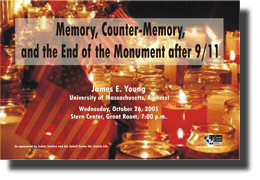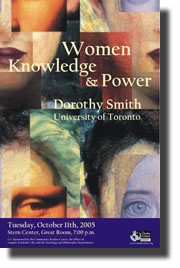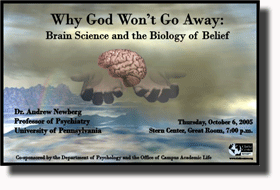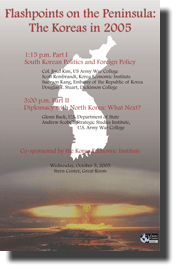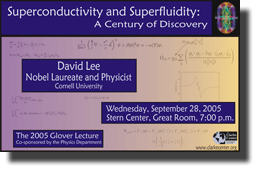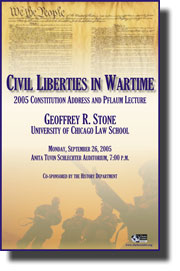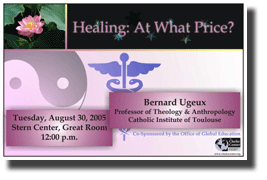The Age of Genocide
Tuesday, November 15, 2005
2005 Morgan Lecture
The Age of Genocide
Anita Tuvin Schlechter Auditorium, 7:00 p.m.
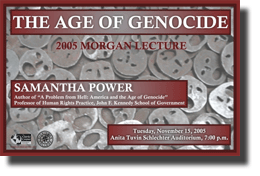
Issue in Context
Genocide is defined by the Convention on the Prevention and Punishment of the Crime of Genocide as the deliberate and systematic destruction,“in whole or in part of a national, ethnical, racial or religious group.â€
During World War II, Winston Churchill stated that the world was facing “a crime without a name.†In the wake of the Holocaust, Raphael Lemkin, a Polish legal scholar, sought to formulate a term that could encompass the killings, the objectives, and the methods of the Nazis against the Jewish population of Europe. Lemkin coined the word “genocide†from the Greek “genos†(race or tribe) and the Latin suffix “cide†(to kill). Lemkin’s struggle for the universal recognition of international law defining and forbidding genocide brought about the Convention on the Prevention and Punishment of the Crime of Genocide.
Remembering the Holocaust, American leaders such as Jimmy Carter and George Bush, Sr. promised that “never again will the world fail to act in time to prevent this terrible crime,†but the history of the 20th century proved that genocide happened again and again across the globe. Read more

